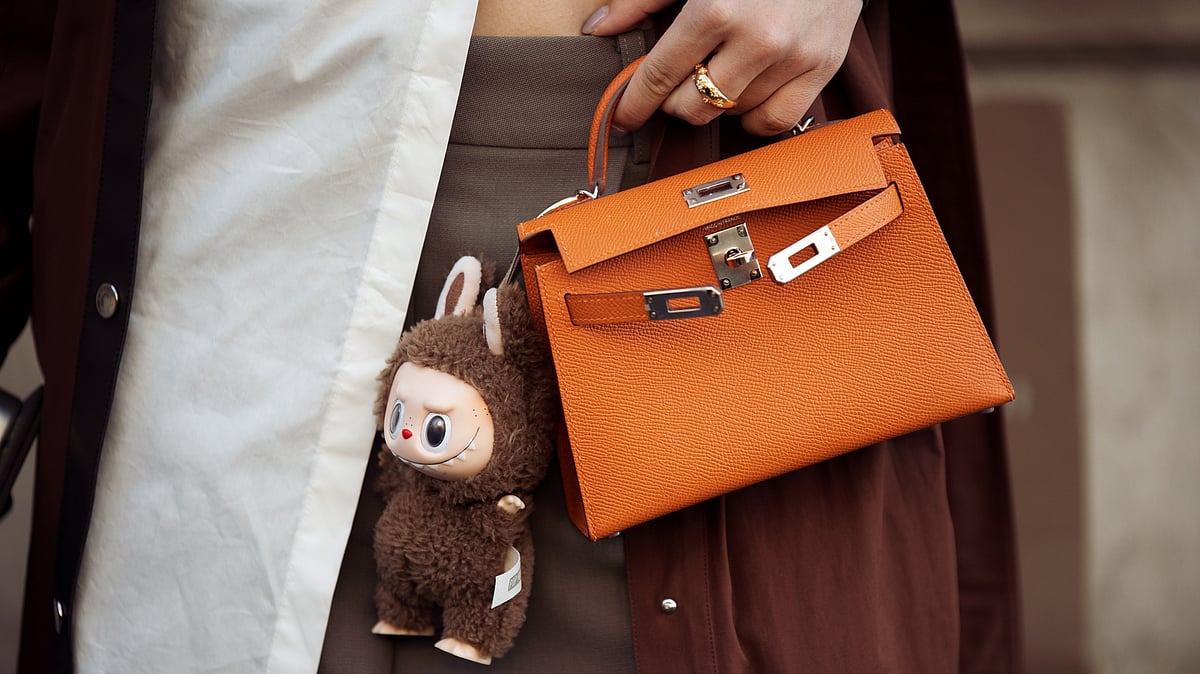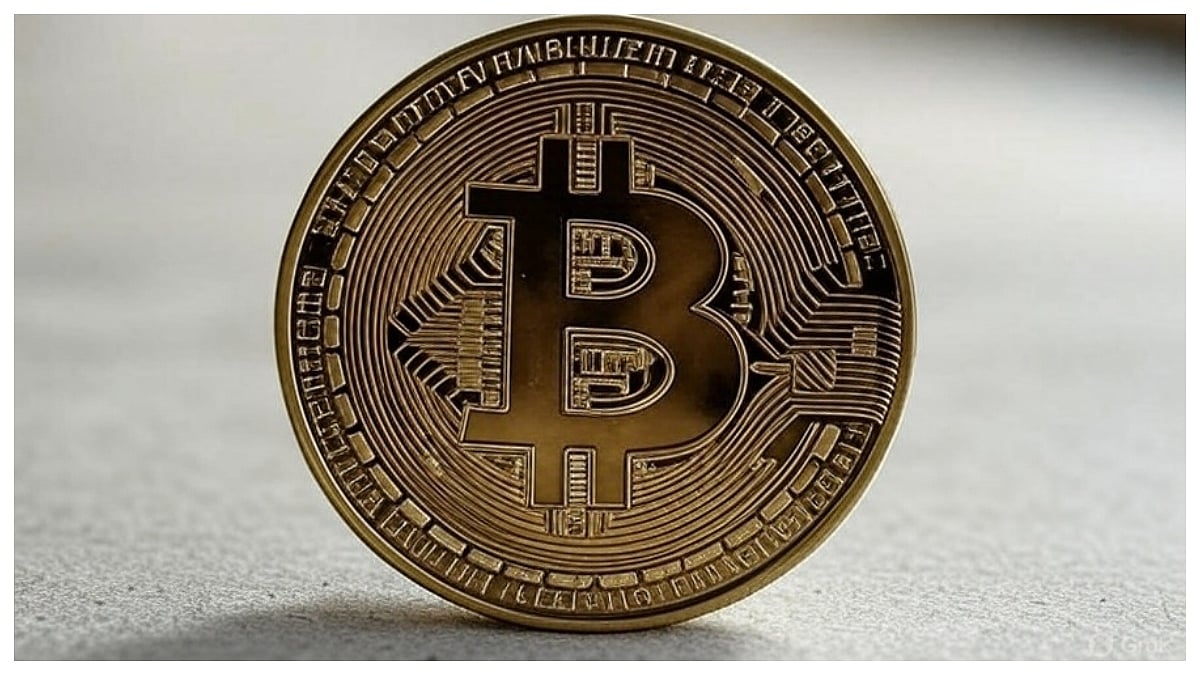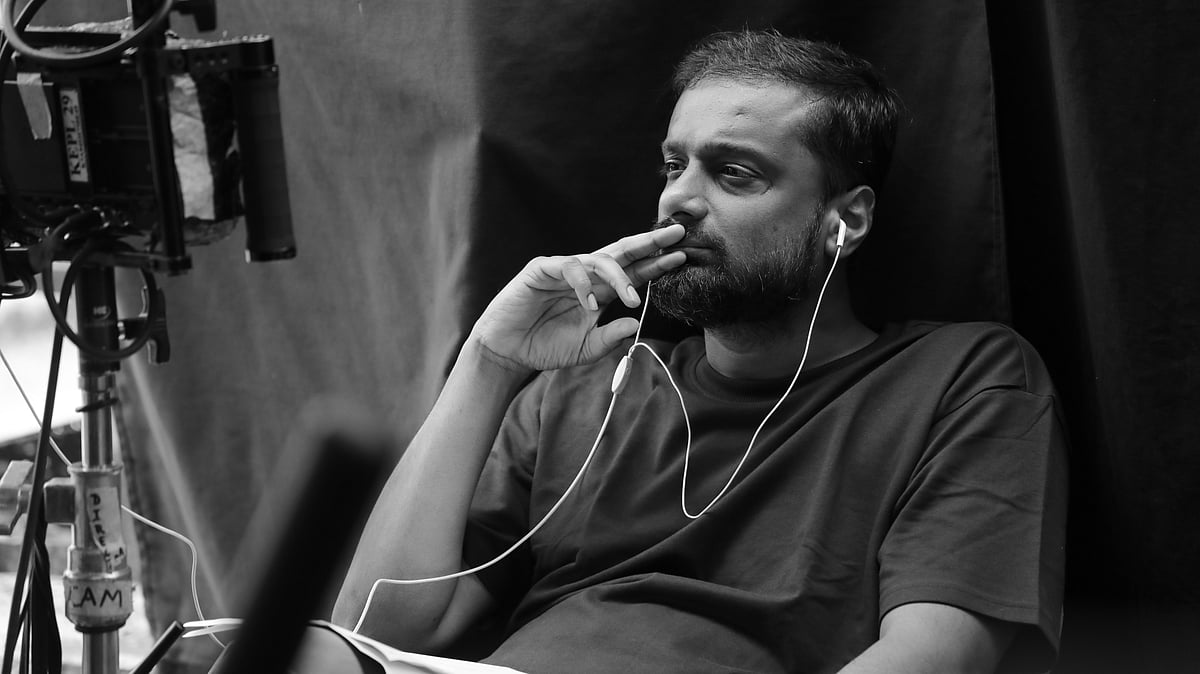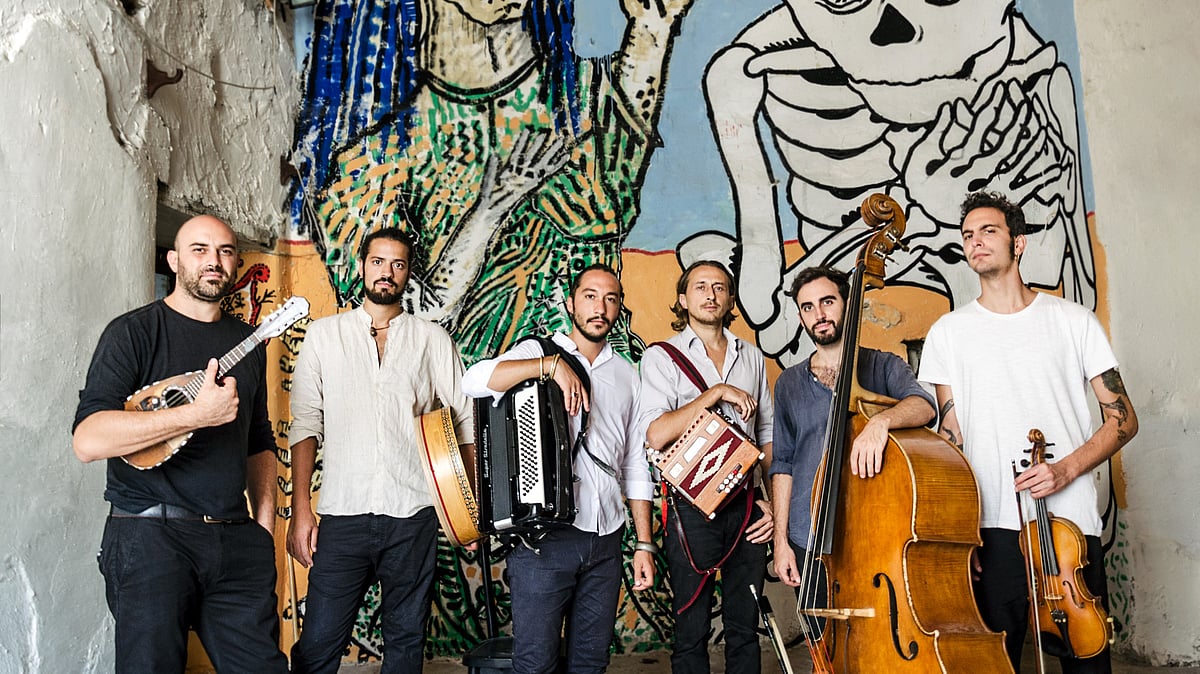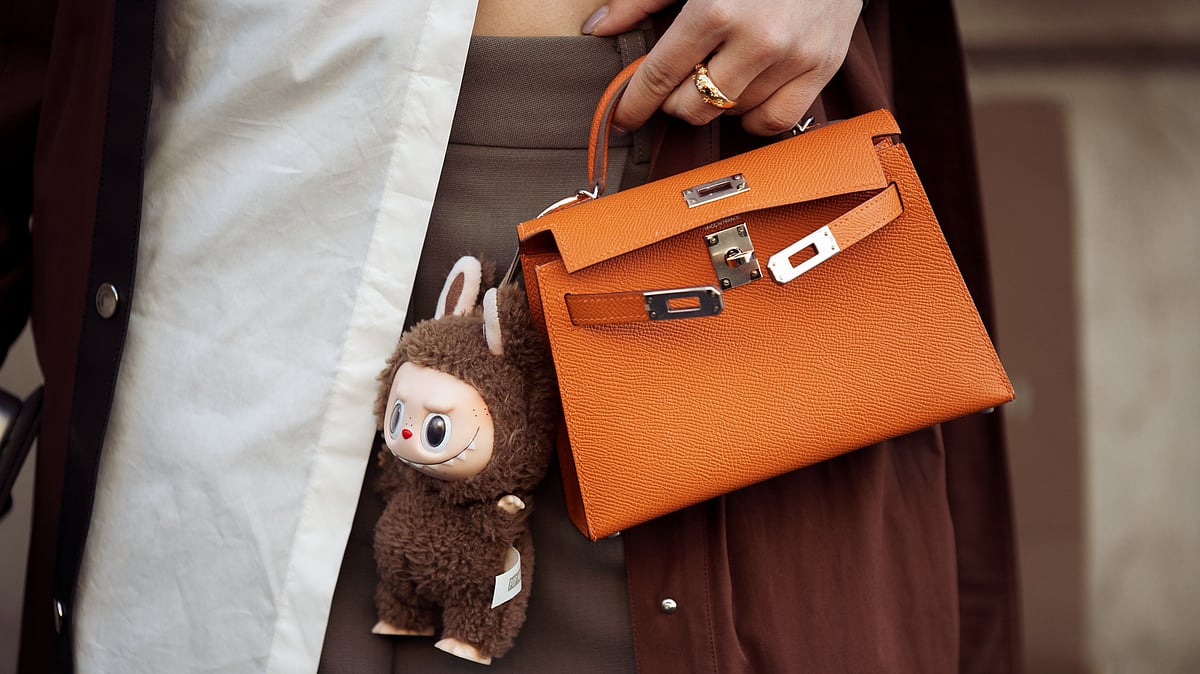Honestly, I still can’t wrap my head around the obsession with Labubus. Sometime around March or April, I suddenly saw the odd little creature breaking the internet, dangling from people’s bags everywhere. With rabbit-like fur and ears, serrated cat-like teeth, and mischievous eyes set unusually far apart, Labubu is hard to miss. And yet, shockingly, it remains one of 2025’s most coveted collectables.
Although the character was first introduced in 2015, it didn’t truly skyrocket in popularity—especially across Asia and within Asian communities—until it collaborated with Chinese toy giant Pop Mart in 2019. Created by Hong Kong artist Kasing Lung and sold globally by Chinese toymaker Pop Mart, Labubu has grown from a niche art toy to a cultural phenomenon. It is plastered across social media feeds, spotted dangling from luxury handbags, and resold online for sums that would make even seasoned sneakerheads wince.
Status icon in making
Labubu’s origin story is unassuming. Lung designed the character years ago, inspired by fairy tales and Scandinavian folklore. Its crooked grin, pointed ears, and offbeat charm stood apart from the conventional ‘kawaii’ aesthetic of Asian toys.
Pop Mart, known for pioneering the blind-box model, quickly recognised its potential. By sealing Labubu figurines in identical packages, buyers could never be sure which version they’d receive. Some were common; others, dubbed ‘secret editions,’ appeared once in dozens or even hundreds of boxes. The system turned each purchase into a gamble, and each unboxing into a social-media-ready thrill. So if you, as a consumer, were looking for a specific version of the Labubu, you might have to purchase the blind box several times to successfully obtain it.
“It’s like buying a lottery ticket,” says Manvi Singh, a 29-year-old flight attendant in Gurgaon, who owns more than 10 Labubu figures by now. “The suspense is addictive. Even if you don’t get the rare one, you tell yourself, maybe the next box.”
Labubu’s runaway success can be credited, in large part, to Pop Mart’s shrewd marketing machine. The brand thrives on scarcity: limited-edition drops are released at select times, and even getting the chance to buy one often requires consumers to queue virtually, battling it out in digital ‘ticket snatch’ frenzies. The strategy taps perfectly into the psychology of exclusivity—the rarer the product seems, the more people want it. The results speak volumes. In its 2024 annual report, Pop Mart revealed a staggering 726.6% year-on-year revenue jump, bringing in 3 billion yuan. Overseas sales in particular exploded, climbing by more than 475%, far outpacing the still-impressive 95% growth in its home market.
High-stake asset
Pop Mart has been careful not to flood the market. Stores receive limited shipments, sometimes announced at the last minute. The mechanics behind the craze are textbook psychology. Scarcity and surprise create urgency; social proof converts curiosity into action.
At first, Labubu circulated among niche collectors in Asia. Then came the celebrity sightings. BLACKPINK’s Lisa was photographed with a Labubu keychain, followed by Rihanna, Dua Lipa, and Kim Kardashian. Ordinary fans proved just as obsessed—from Shanghai to London, long queues to snap up the doll have made headlines, sometimes even erupting into fights. On social media, unboxing videos featuring the hashtag #labubu have garnered millions of views. The more people posted, the more others rushed to join in. Herd mentality isn’t passive imitation but active validation: proof of participation in a collective ritual.
“The FOMO syndrome has only intensified the craze,” explains Dr. Aditi Mehra, a sociologist specialising in consumer behaviour. “Endless social media coverage and videos showcasing high-stakes resales have created a sense of urgency—people feel they must buy in or risk being left out of what has become a global investment trend. That collective anxiety inflates the perceived value of the dolls, fueling sharp price swings.”
When buyers believe a product might vanish tomorrow, they act today. And when some Labubu editions began selling for as much as €1,200 on resale platforms, headlines amplified the frenzy further. Every exorbitant auction became free advertising. “It’s brilliant marketing, really,” she says. “Pop Mart has weaponised FOMO. They don’t have to spend millions on ads when customers themselves generate the hype.”
When it comes to investing, most people think of equities, bonds, real estate, cryptocurrencies, or commodities. Yet Labubus have emerged as an unlikely new asset class. “Long-term utility plays only a marginal role in these purchases,” Dr. Mehra explains. “What drives them is the immediate dopamine rush of securing a rare collectable, which fuels emotional spending. For some, it’s a coping mechanism during stressful times; for others, it’s a way to climb the social ladder by being perceived as ‘cool’.”
Part of Labubu’s allure lies in its aesthetic ambiguity. Unlike plushies designed to be universally adorable, Labubu is slightly unsettling. Its teeth jut out, its expression is mischievous, its proportions odd. Collectors echo this. “It’s not just another stuffed toy,” says Singh. “It feels different, like something only people who ‘get it’ would buy.”
That sense of exclusivity dovetails with herd behaviour: owning a Labubu is both belonging to a group and standing apart from the uninitiated.
Still, even if Labubu’s moment fades, the marketing playbook it represents will endure. “This is a case study in how to manufacture demand,” says Dr Mehra. Scarcity, gamification, celebrity validation, social media virality—they’ve combined all the levers at once. Looking at all these, Labubu, with its crooked grin, continues to wink.
